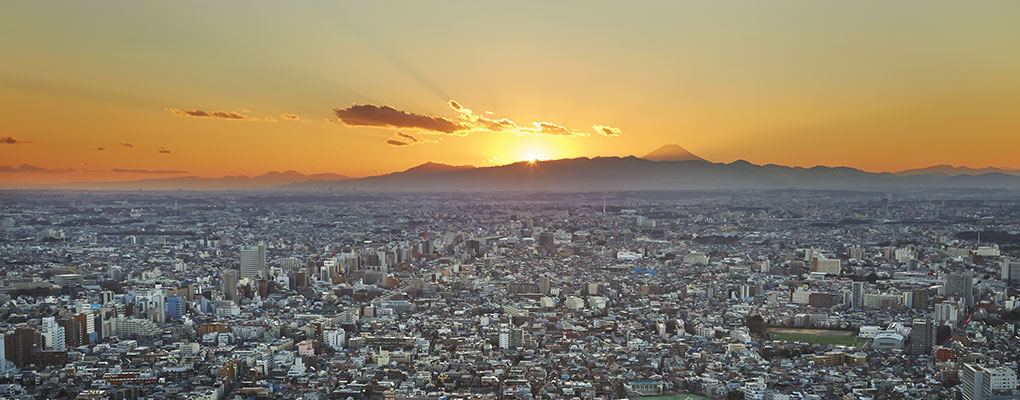
In November, Japan’s third quarter GDP figures revealed that the economy had again contracted, thereby indicating that it had officially dipped into recession. Just weeks later, however, the numbers have now been revised to tell a very different story: Japan’s GDP did not shrink by 0.2 percent between July and September, it actually grew by 0.3.
Capital spending can be attributed to the welcome revision
The initial data represented an annualised decline of 0.8 percent and a big blow to prime minister Shinzo Abe’s fiscal strategy to instigate GDP growth. Japan’s new GDP figures, which are known for being unreliable, instead show the economy’s promising annualised growth of 1.0 percent. Capital spending can be attributed to the welcome revision, thus indicating the success of Abe’s tactic to push companies to invest more of their profits. According to Reuters, capital expenditure increased by 0.6 percent during the third quarter, contrary to 1.3 percent decline previously suggested.
Despite the figures indicating that Japan could very well be back on the path to sustainable economic growth, the GDP growth upgrade should not be overstated. It is worth noting that the revision was increased further by an unexpected decline in inventory, which implies that companies are struggling to sell their goods, and thus, weak demand continues.
Moreover, the state is still under pressure to implement stimulus measures, such as compelling companies to increase wages, which will boost consumption and demand. Meanwhile, the inflation target of two percent has been delayed once more due to stagnant prices, which may force the Bank of Japan to expand its quantitative easing programme.
While there is still a long way to go for Japan to escape years of stagnation, December’s amended figures show that it is finally heading in the right direction – and that Abenomics may indeed work after all.


